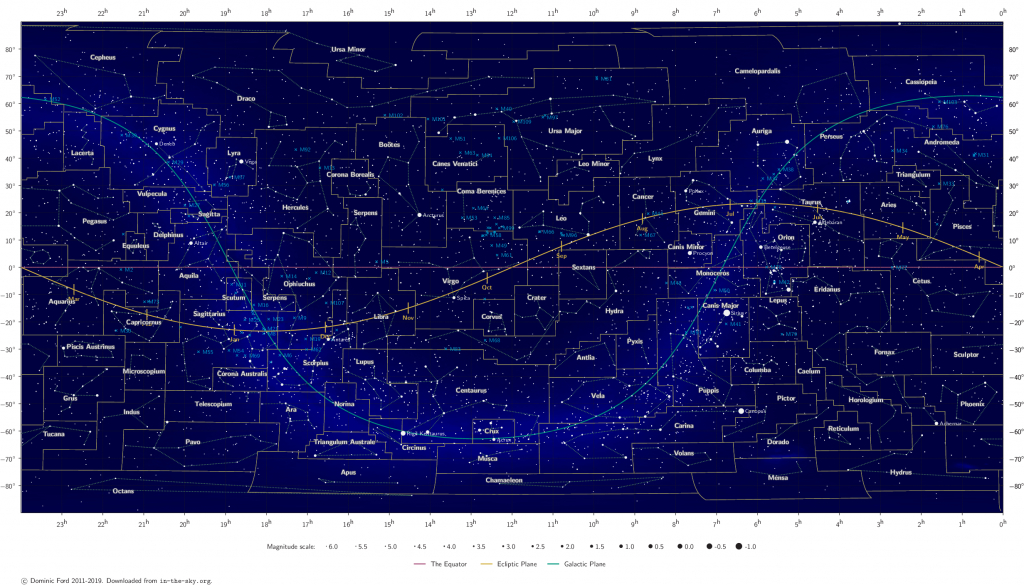

With the help of this app, you can spot most celestial objects for free. If you’re aiming to find more space objects without paying extra, use Night Sky (available only for iOS). Sky View is a bit plainer, yet it has a convenient search feature: if you hover over an object and hold still for a second, the app shows you its name. Considering the outstanding visuals, Star Walk 2 gives you a better immersive experience. Both are super easy to use, user-friendly, have an augmented reality feature, and an intuitive search. What are you looking for in the night sky tonight? If you want to know where the Big Dipper is or are curious about that reddish dot above your head, get Star Walk 2 or Sky View. At the end of the article, you’ll also find the list of 20 stargazing apps.
Astronomy star chart how to#
But how to choose the one that fits your needs the most? We prepared a guide to help you. When you put “stargazing” into the Google Play and App Store search field, you find dozens of look-alike applications with bluish-purple icons and beautiful constellations on screenshots. Top tip: Don’t try to learn all the constellations at once.There are plenty of stargazing apps on the market. In autumn, Pegasus is the one to start with. Once you’ve found Orion you can move your star chart around to match the positions of the stars in the sky, and use your map to navigate the rest of the sky! In spring, Leo is the one to start with, and in summer use Cygnus, quite high up. For the winter sky, locating and identifying Orion is a good place to start as this constellation not only has three stars in a straight line making up Orion’s belt, but also two bright stars Betelgeuse and Rigel that are easy to spot. Most star charts show brighter stars as big dots and dimmer stars as small dots, so look for the brightest stars first to help you get your bearings. Most star charts look like they have the compass points around the wrong way round, but because it is a map of the sky you have to hold it over your head, facing down, and then east and west will be the right way round.

If you are looking towards the south you need to move your sky chart so that it shows the southern sky, too. Now you are ready to match your map to the night sky. Another way would be to look at a map of your area, which will have the compass points labelled and should help you find out which way your house is facing. Take a look at where the Sun rises in the morning and sets in the evening – this gives you east and west respectively. Another handy tool is a planisphere these are rather useful since you can turn the disc to set the sky for any time on any night of the year.īefore you try to match your sky map to the night sky you first need to find out which direction you’re facing. We keep our online star charts updated for every month, so there’s a good place to start. Understanding how to use a star chart is one of the easiest ways to start learning the night sky, but it can be a bit daunting knowing what to do with one, so let’s go back to basics and see how they work (you may even pick up some clues for the competition, too!)įirst things first: you need to make sure you’re using the correct star chart for the correct month, or at least the right time of year. Star maps are a bit like the road maps we use to help us travel to new places, but instead of important landmarks like churches, museums, forests or lakes, the stars and constellations are our road signs.


 0 kommentar(er)
0 kommentar(er)
